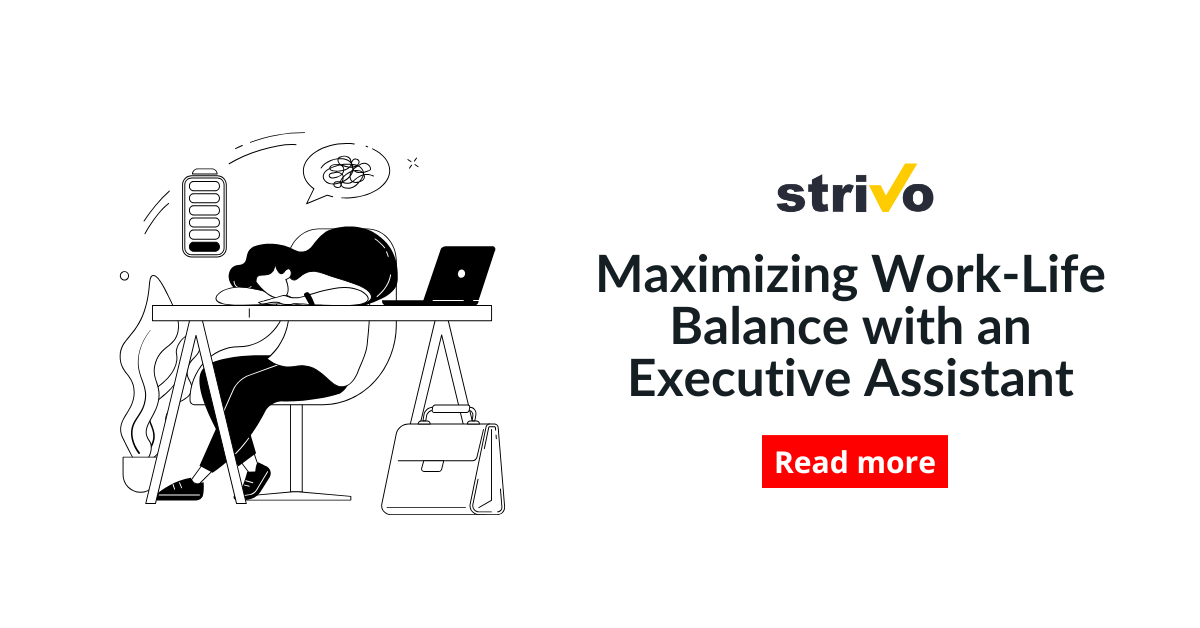Understanding Your Customers with a Robust Customer Insights Framework
Customer insights are the foundation of successful business strategies, driving product innovation, customer satisfaction, and revenue growth. Without a structured approach, businesses risk misinterpreting data or missing valuable insights that could shape better customer experiences.
In this guide, we break down how to build a customer insights framework that helps you collect, analyze, and apply customer feedback effectively. Whether you’re focusing on market research, product experience, or customer satisfaction, this framework will provide a structured approach to understanding your audience.
What is a Customer Insights Framework?
A customer insights framework is a structured method for gathering, analyzing, and applying customer data to improve business decisions. By leveraging various data sources like surveys, social media, and behavioral tracking, companies can create a system that enhances user experience and customer engagement.
Key Benefits of a Customer Insights Framework:
- Provides valuable insights into customer behavior and preferences.
- Enhances customer satisfaction through data-driven improvements.
- Helps businesses align their product or service with real customer needs.
- Supports market research and competitive analysis.
- Enables real-time decision-making with insights in real time.
1. Define the Purpose and Goals of Your Customer Insights Framework
Before collecting any data, identify why you need customer insights. What business challenges are you addressing? Whether it’s improving customer service, refining a product experience, or enhancing communication channels, setting clear goals will help focus your insights strategy.
Some examples of goals include:
- Increasing customer satisfaction scores by 15% over six months.
- Reducing customer churn by understanding purchasing behavior.
- Improving customer service response times by identifying bottlenecks.
- Enhancing market research efforts to uncover new opportunities.
2. Identify Key Data Sources
Your framework should incorporate diverse data sources to get a full picture of customer behavior. Common sources include:
- Surveys & NPS: Direct customer feedback on satisfaction and pain points.
- Social Media: Real-time engagement analysis and sentiment tracking.
- Behavioral Data: Insights from website visits, product usage, and purchase history.
- Customer Support Interactions: Understanding common issues and service gaps.
- Market Research: External reports and competitor analysis to identify trends.
- Transactional Data: Purchase frequency, average order value, and renewal rates.
- Website Analytics: Page views, bounce rates, and session duration.
3. Segment Customers for Deeper Insights
Not all customers are the same. By segmenting users based on purchasing behavior, demographics, and preferences, businesses can personalize their marketing and service efforts. Key segmentation strategies include:
- Demographic Segmentation: Age, gender, income, location.
- Behavioral Segmentation: Purchase history, browsing habits.
- Psychographic Segmentation: Values, interests, lifestyle choices.
- Firmographic Segmentation: Business size, industry, and revenue (for B2B companies).
- Lifecycle Segmentation: New customers, returning customers, and brand advocates.
4. Leverage Analytics Tools to Interpret Insights
Once data is collected, businesses need insights to drive decision-making. Tools like Thematic’s AI-driven text analytics can process large datasets, detect patterns, and categorize themes efficiently. These tools help in:
- Tracking sentiment trends in customer feedback.
- Identifying recurring issues in customer service interactions.
- Monitoring changes in customer behavior over time.
- Detecting churn risks and creating proactive engagement strategies.
- Measuring customer satisfaction trends over different customer segments.
5. Integrate Real-Time Insights for Immediate Action
A great customer-centric business adapts to feedback in real time. Using advanced analytics and AI-powered insights, companies can:
- Adjust communication channels based on real-time engagement.
- Improve customer support by identifying urgent concerns immediately.
- Optimize marketing campaigns by monitoring social media sentiment.
- Enable predictive analytics to foresee market shifts and adjust strategies.
Case Study: How Vodafone Uses Real-Time Insights
Vodafone implemented Thematic’s real-time analytics to:
- Identify and resolve customer service pain points quickly.
- Analyze social media sentiment to optimize crisis response strategies.
- Personalize marketing campaigns for better engagement and retention.
6. Apply Insights to Enhance Products and Marketing
The ultimate goal of a customer insights framework is to translate data into action. Businesses can use insights to:
- Improve product experience based on real user feedback.
- Refine marketing strategies for better engagement with customer segments.
- Strengthen customer relationships through personalized experiences.
- Identify gaps in product-market fit and develop new features accordingly.
- Implement A/B testing strategies to optimize user journeys.
Case Study: How Art.com Improved Their Product Roadmap
Art.com used Thematic’s AI-driven insights to:
- Identify key customer pain points affecting conversion rates.
- Prioritize product updates based on customer feedback analysis.
- Develop new product features that directly addressed unmet customer needs.
7. Align Insights with Business Objectives
A well-integrated customer insights strategy ensures that every department benefits from data-driven decision-making. From product development to marketing, aligning customer insights with business goals leads to sustainable growth.
Steps to align insights with objectives:
- Create cross-functional teams to discuss customer feedback.
- Develop a shared dashboard to track customer satisfaction trends.
- Use insights to validate strategic business initiatives before execution.
- Ensure that insights inform budgeting and resource allocation decisions.
8. Continuously Refine and Evolve Your Framework
Customer needs evolve, and so should your framework. Regularly update your approach by:
- Gathering fresh customer feedback.
- Reassessing key performance indicators (KPIs).
- Implementing new technologies for more precise analytics.
- Running quarterly business reviews with key stakeholders.
- Conducting competitive analysis to benchmark against industry leaders.
Real-World Applications: How Businesses Use Customer Insights
Case Study: DoorDash’s Data-Driven Approach to Customer Understanding
DoorDash uses customer insights to enhance both merchant and customer experiences. By leveraging Thematic’s AI-powered text analytics, they were able to:
- Identify and address key pain points in their merchant dashboard.
- Improve menu update functionalities based on real-time customer feedback.
- Strengthen customer satisfaction by refining the delivery experience.
Case Study: Atlassian’s Strategic Customer Insights Framework
Atlassian, a leader in collaboration software, harnessed Thematic’s insights in real time to:
- Automate the processing of vast amounts of survey data.
- Detect product-specific concerns faster, allowing for quick resolution.
- Enhance user experience by refining product features based on structured insights.
Key Takeaways
- A customer insights framework helps businesses collect and apply data for improved customer satisfaction.
- Using multiple data sources, including surveys and social media, ensures a comprehensive understanding of customer behavior.
- Real-time analytics empower businesses to respond to customer needs promptly.
- Aligning customer insights with business objectives leads to strategic growth.
- Companies leveraging AI-powered customer feedback analysis drive better decision-making.
Experience text analytics in action on your own data with a demo of Thematic.




